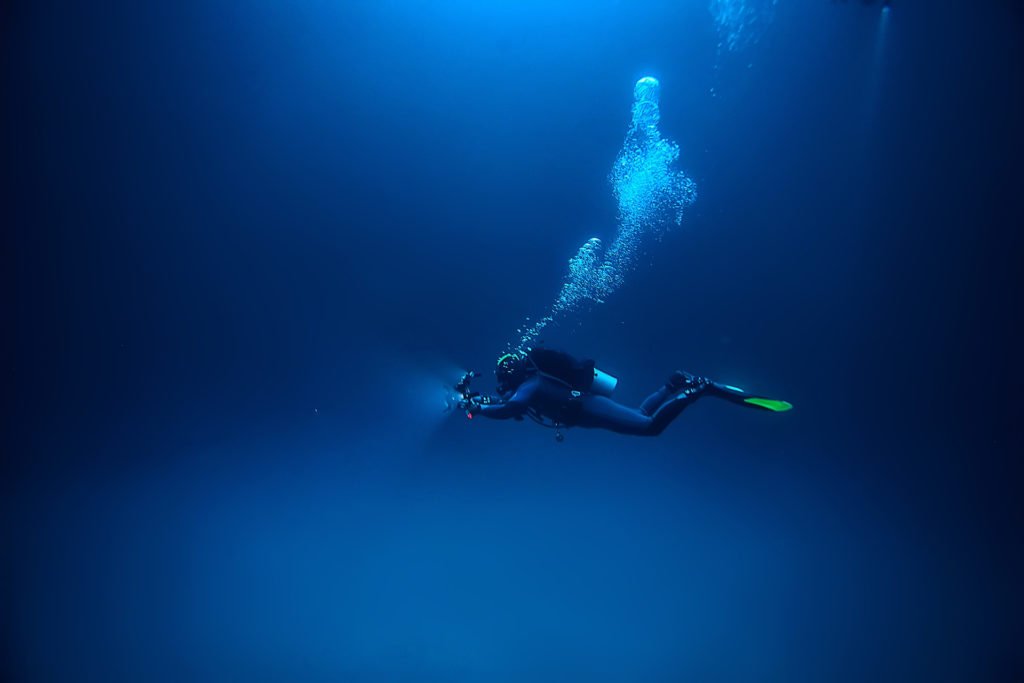
PADI Rebreather Diver
Rebreathers used to be only for technical diving, but not any more. Newer recreational rebreathers are lightweight, easy-to-transport and have sophisticated electronics to simplify their use.
Why dive a rebreather? You get longer no stop limits, reduced gas consumption because you reuse most of your exhaled gas, and unmatched wildlife encounters because you don’t release annoying bubbles.
We specialise in training with the Poseidon MKVI & SE7EN rebreather units.
1. Course overview
You have a few options. There are two courses; the PADI Rebreather and PADI Advanced Rebreather course. Most divers opt to run both courses concurrently, as it makes more sense logistically as well as giving you a complete set of skills in different scenarios. We also offer a rebreather try-dive, if you want to see what it’s like first.
The PADI Rebreather Diver will allow you to dive to a maximum of 18m. You already need to be a PADI Open Water diver with at least 25 logged dives, and a PADI Enriched Air Diver (or equivilent certification from another training agency).
The PADI Advanced Rebreather course allows you to dive as deep as 40m. You already need to be a PADI Advanced Open Water Diver with at least 30 logged dives, (or equivilent certification from another training agency). To dive deeper than 30 metres, you must also be a PADI Deep Diver.
You need to be at least 18 years old to dive on a rebreather.
Some of the initial dives will take place either in the pool or confined open water, with the remaining dives carried out in open water.
The knowledge development portion is currently provided in a physical manual and DVD, although this may be updated to PADI e-Learning in the very near future.
2. What you'll learn
Through self-study and instructor-guided sessions, you’ll learn how rebreathers work and the importance of proper setup and maintenance. Because rebreathers vary significantly, you’ll also study the manufacturer’s literature for the type of rebreather you’ll train on – in this case either the Poseidon MKVI or SE7EN unit.
During the course you’ll practice performing proper predive checks, developing the habit of keeping the loop closed when the mouthpiece is not in your mouth, doing bubble checks, bailout drills and handling other potential problems. You’ll learn how to correctly monitor displays and gauges, as well as post-dive procedures and disassembly.
You’ll also work on fine-tuning buoyancy control, which does differ significantly to open circuit scuba diving.
During the Advanced Rebreather course, you will build on your PADI Rebreather Diver certification by expanding your knowledge, adding a bailout cylinder, and training you to dive deeper than 18m.
3. Equipment
Unlike our introductory courses, you’ll either need to provide your own scuba kit, or hire some from us for the duration of your course. If you want to look at purchasing your own, we’d be happy to help you also.
As a minimum, you’ll need a mask and fins. Snorkels are optional. We will provide the rebreather, the integrated BCD, and all the other related rebreather items, including cylinders, breathing gases, computer and the monitoring equipment for the duration of your course.
You’ll also need adequate exposure protection for the conditions you’ll be diving in (this could be a wetsuit or drysuit) to keep you comfortable on your dives. If you dive in a dry suit, you need to ensure you have the correct training for this too.
Some courses may require additional equipment, depending on the individual course requirements.
Any equipment you provide yourself must be in a serviced, well-maintained and safe condition. No exceptions!
4. Learning materials
We will send you any e-Learning materials needed for your specialty course, which will take you to the registration area of the PADI site. This teaches you the background information you need for your course, and allows you to study at your own pace.
You can complete this on pretty much any device with an internet connection.
Some courses also have physical learning content, which we can give you once you’re enrolled.


Ready to start?
You can book and pay for your course with us online, either for yourself or someone else. We’ll send over any e-Learning content to your email, and we can then work with you on suitable dates and times for any in-person sessions.
We have availability throughout the year, although if you have specific dates or a timeline in mind, please check with us first.
Your next adventure...
As with all diving, your buoyancy and trim within the water are key to getting the most from your dive. This is especially true when diving with a rebreather, since your inhalation and exhalation no longer directly alter your position in the water.
We’ve definitely recommend the PADI Peak Performance Buoyancy course as your next step. No other speciality will benefit your diving more. Divers who’ve mastered the highest performance levels in buoyancy stand apart from others.

The Stellar Crew
We have a very straightforward philosophy; we are totally committed to ensuring you – our customer – have the best, safest and most enjoyable experience possible. It’s as simple as that!
Here at Stellar, we all love to scuba dive, and we love to have fun doing it. We absolutely want you to feel the same way when you dive with us.
We can very proudly boast that we’re a PADI 5-star Instructor Development Centre. Put simply, this means we also train the trainers – so naturally we take our education of safe diving very seriously. You’re in safe hands, and you’ll have a lot of fun in the process too.
